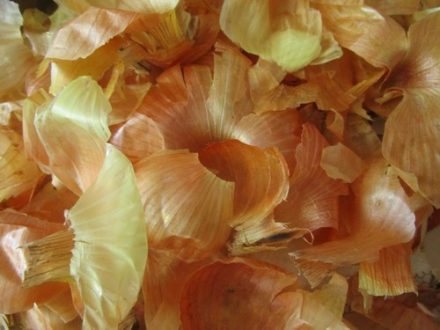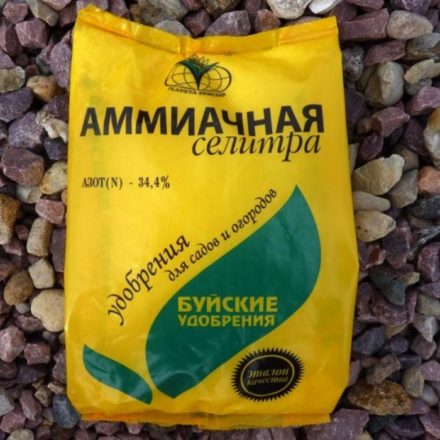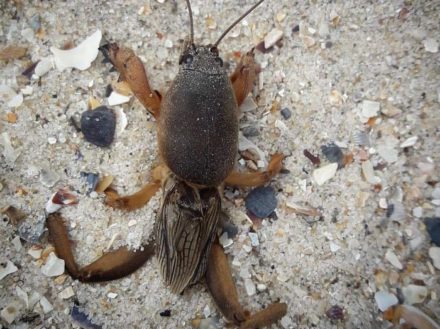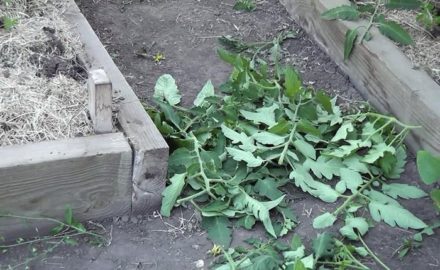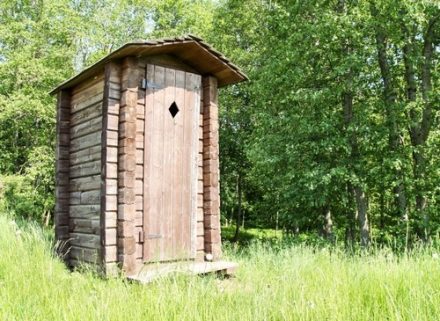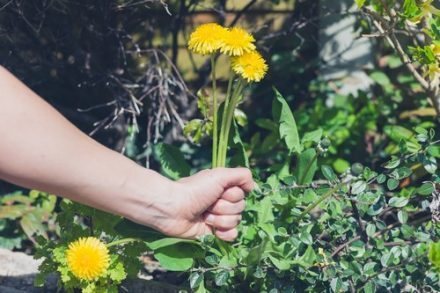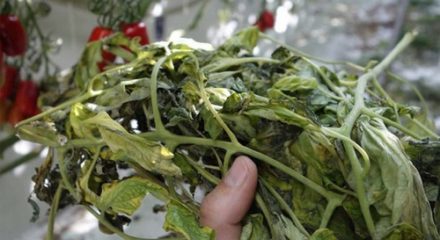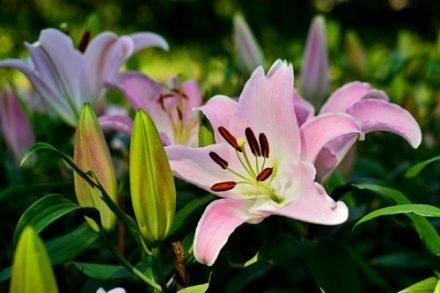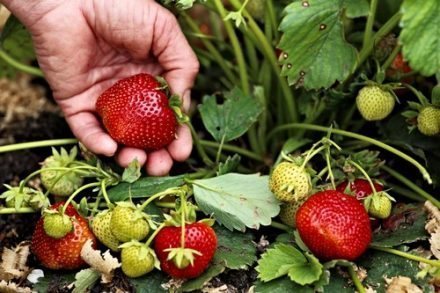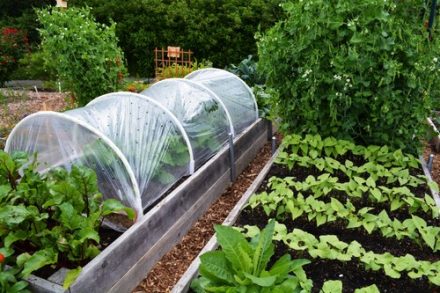There can be double benefits from onion peels in the garden. First of all, folk recipes suggest using this product to combat garden pests. Additionally, onion peels can serve as a wonderful fertilizer, because they contain vitamins, minerals, and biologically active substances. With the help of such fertilizing, you can accelerate the growth and development of plants and improve the functioning of their roots.

Decoction and infusion for pest control
Using an infusion of onion peels, you can get rid of such dangerous pests as spider mites, aphids, Colorado potato beetles, copperheads, codling moths, bedbugs, and thrips. Additionally, this product protects plants from pathogenic microorganisms and harmful fungi. This effect is due to the large amount of phytoncides contained in onion peelings.
Gardeners have been using this remedy for a long time. It should be prepared like this:
- The bucket is half filled with onion peels.
- Then just boiled water is poured to the top.
- Cover the top of the bucket with a lid so that the broth cools more slowly.
After 2 days the composition is ready for use; first you need to strain it. The decoction is very concentrated, so it is suitable for use on heavily affected plants.
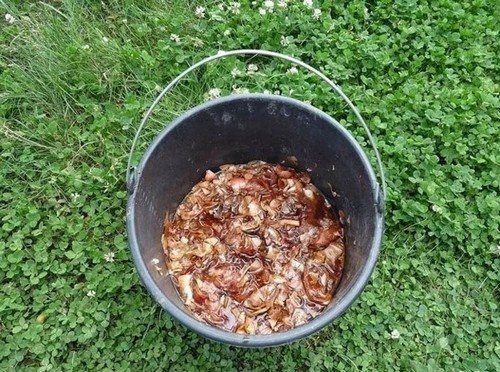
For preventive purposes, you can use a weaker infusion of cold water. To prepare it, add 300 g of raw materials to a 10-liter bucket of water.The composition must infuse for 4 days, then it is filtered and used for spraying plants. A one-time procedure may not be enough. The greatest effect will be obtained if the treatment is carried out three times with an interval of 5 days.
The composition must be applied to the leaves on both sides, since many pests like to hide under the leaves. It is advisable to pour part of the infusion into the root zone. The advantage of such a tool is its safety. Even fruit-bearing plants can be treated with onion infusion; the vegetables will remain environmentally friendly, which cannot be said about them after using chemicals.
Liquid fertilizer from onion peels
Most garden crops love fertilizing with onion peels. The following react positively to the effect of fertilizer:
- zucchini;
- cucumbers;
- tomatoes;
- pumpkin;
- pepper;
- potato;
- carrot;
- cabbage.
This product can be applied 2-3 times per season in addition to basic fertilizers. An infusion is prepared from 2 liter jars of husks per 10 liters of hot water. Before use, the fertilizer should sit for at least a day.
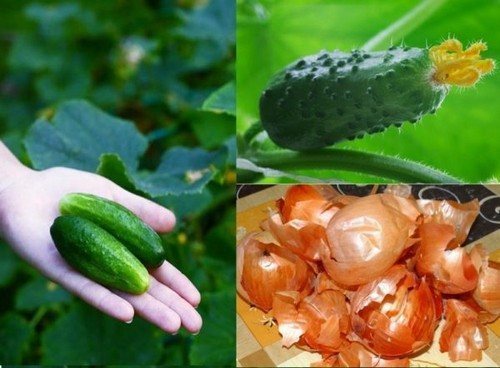
The composition is applied to plants from a spray bottle. To prevent diseases, you can also water the garden bed itself. Most often, the infusion is used 2 weeks after planting seedlings to accelerate plant growth. The second feeding is carried out before flowering begins. The plantings are treated a third time if the leaves on the plants turn yellow.
It was noted that an infusion of onion peels improves the adaptation of crops to unfavorable factors. For example, plants recovered faster from overnight frosts in the spring.To ensure that the composition does not lose its effectiveness, it is used immediately after preparation. The product can also be fed to fruit trees, shrubs and flowers.
Using dry husks as fertilizer
Dry onion peels can also be used as fertilizer. Cleanings are added to the soil during autumn or spring digging. Gradually rotting in the ground, organic matter will release beneficial substances to plants and at the same time repel pests.
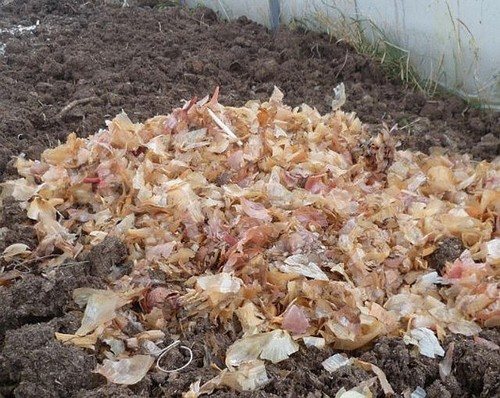
Another method involves placing husks in holes when planting seedlings or planting potatoes. Of course, this does not eliminate the need to apply other fertilizers. In autumn, compost or humus is added to the soil (3-4 kg per 1 sq. m), and in spring - ash and mineral fertilizers.
Mulching plantings with onion peelings
To use onion peels as a mulching material, it is advisable to accumulate them during the winter, because a lot of raw materials will be needed for such use. In the spring, thoroughly dried peelings are crushed in any convenient way. After this, the mulch is ready for use.
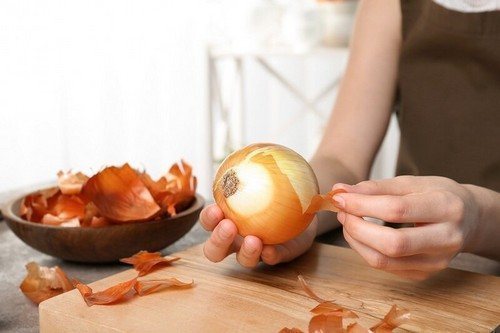
Seedlings planted in beds are immediately mulched with husks. This is very convenient, because other mulching materials are not always available at this time of year. This protection will last the plants until the end of the season. Mulch protects the roots from overheating, prevents moisture from evaporating too quickly, prevents the formation of a hard crust on the ground, and eliminates the need to weed the bed. At the same time, plants receive protection from diseases.


